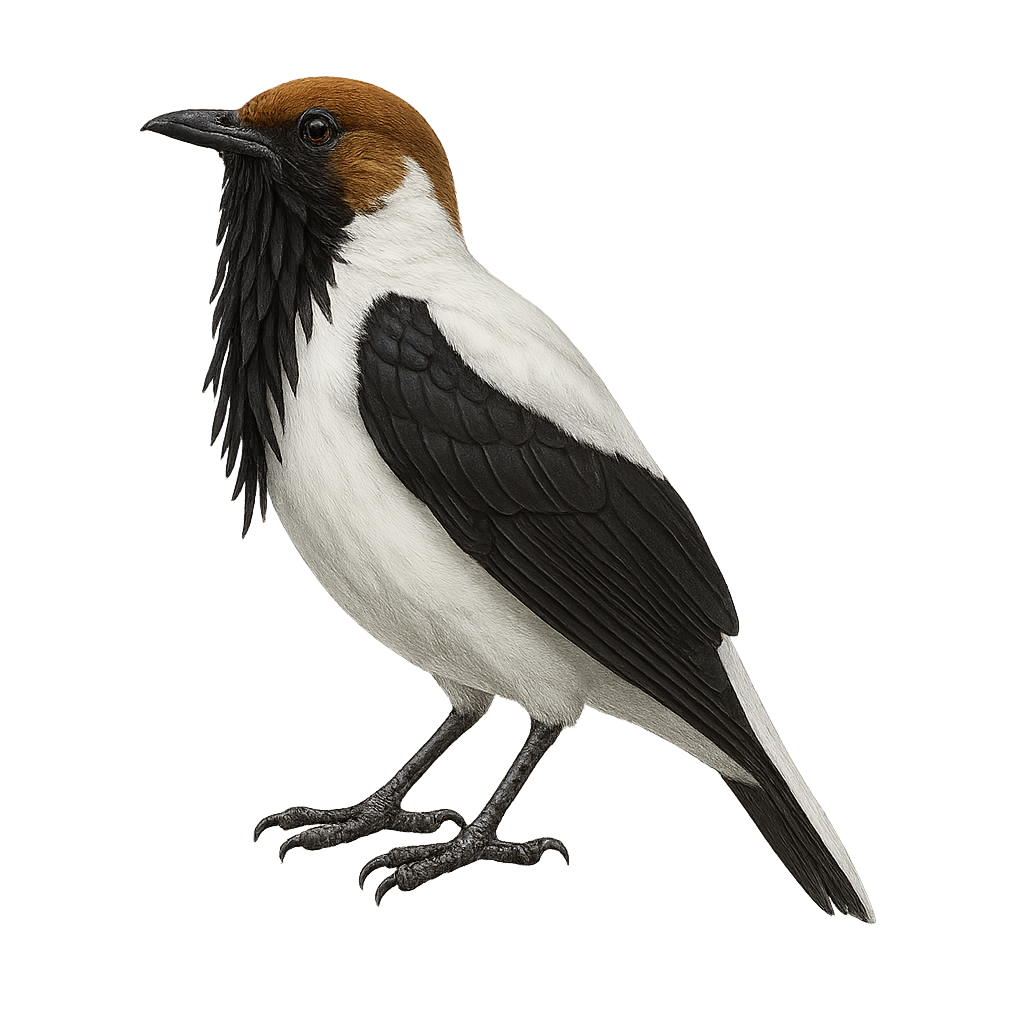Your wildlife photography guide.
Explore the bare-throated bellbird in detail, study its behavior, prepare your shots.
Where to observe and photograph the bare-throated bellbird in the wild
Learn where and when to spot the bare-throated bellbird in the wild, how to identify the species based on distinctive features, and what natural environments it inhabits. The WildlifePhotographer app offers tailored photography tips that reflect the bare-throated bellbird’s behavior, helping you capture better wildlife images. Explore the full species profile for key information including description, habitat, active periods, and approach techniques.
Bare-throated Bellbird
Scientific name: Procnias averano

IUCN Status: Least Concern
Family: COTINGIDAE
Group: Birds
Sensitivity to human approach: Suspicious
Minimum approach distance: 10 m
Courtship display: August to October
Incubation: 25-27 jours
Hatchings: August to November
Habitat:
Tropical forests, moist forests, wooded areas
Activity period :
Primarily active during the day, with peak activity in the morning and late afternoon.
Identification and description:
The Bare-throated Bellbird, or Procnias averano, is a captivating bird belonging to the Cotingidae family. This passerine is renowned for its powerful and distinctive call, often likened to a resounding bell. The male boasts a striking white plumage with a vividly colored bare throat, while the female displays more subdued hues. This bird is primarily found in the tropical forests of South America, where it feeds on fruits and small insects. Its ability to produce loud sounds allows it to communicate effectively through the dense canopy. Although its habitat is threatened by deforestation, it remains relatively common in certain areas.
Recommended lens:
400 mm – adjust based on distance, desired framing (portrait or habitat), and approach conditions.
Photography tips:
To photograph the Bare-throated Bellbird, it is advisable to use a 400mm lens or longer to capture precise details without disturbing the bird. Look for areas where the trees are more sparse to get a better view. Be patient and wait for the bird to perch on an open branch. Morning is often the best time to observe its active behavior. Use a tripod to stabilize your camera and adjust settings to compensate for the changing light in the forest.
The WildlifePhotographer App is coming soon!
Be the first to explore the best nature spots, track rutting seasons, log your observations, and observe more wildlife.
Already 1 439 wildlife lovers subscribed worldwide

